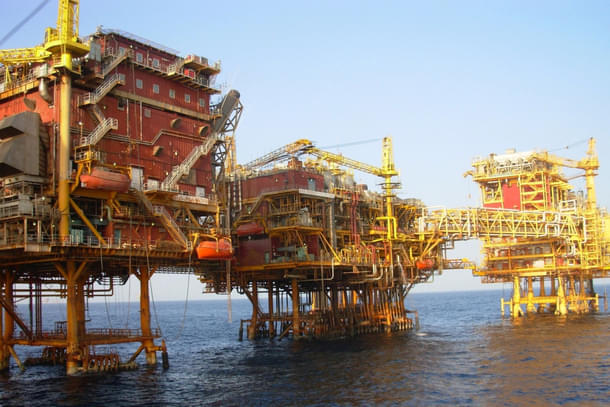News Brief
India’s Largest Oil Field To See 44 Per Cent Output Jump Under BP’s Plan: ONGC
Arjun Brij
Jan 09, 2025, 03:46 PM | Updated 03:46 PM IST
Save & read from anywhere!
Bookmark stories for easy access on any device or the Swarajya app.


Global energy major BP has committed to increasing oil production by 44 per cent and gas output by 89 per cent from India’s largest offshore field, Mumbai High, under a decade-long contract, according to an announcement by block operator Oil and Natural Gas Corporation (ONGC) on Thursday (9 January).
ONGC named BP as its technical service provider on Wednesday (8 January), selecting the company to assist in enhancing output using advanced recovery technologies and expertise in managing complex, mature reservoirs.
The baseline production for the Mumbai High field stands at 45.47 million metric tonnes of crude oil and 70.40 billion cubic metres of gas.
BP has projected an increase in crude oil production to 65.41 million metric tonnes and gas output to 112.63 BCM, according to ONGC’s exchange filing.
Shell was also a participant in the tender process but did not secure the contract.
Discovered in 1974, the Mumbai High field is a critical component of India’s energy infrastructure.
The field reached its peak oil production of 471,000 barrels per day (bpd) in March 1985 but has since experienced a decline, with output dropping to approximately 134,000 bpd by April 2024, as per a tender document issued last year.
India, the world’s third-largest oil importer and consumer, has been striving to increase its domestic oil and gas production, which has remained stagnant for years.
The partnership with BP is expected to contribute significantly to this effort.
Production increases are set to commence in the fiscal year starting 1 April, with full-scale output expected by 2027-28, ONGC said.
The incremental production is anticipated to generate additional oil and gas revenue of up to $10.30 billion for the country, with royalty, cess, and other levies contributing an estimated $5 billion.
In return for its services, BP will receive a fixed fee for the first two years, transitioning to a service fee based on a percentage share of the revenue from net incremental production, after recovering incremental costs, according to ONGC.
Also Read: China-Made Drone Found Inside High-Security Bhopal Central Jail, Probe Launched
Arjun Brij is an Editorial Associate at Swarajya. He tweets at @arjun_brij




